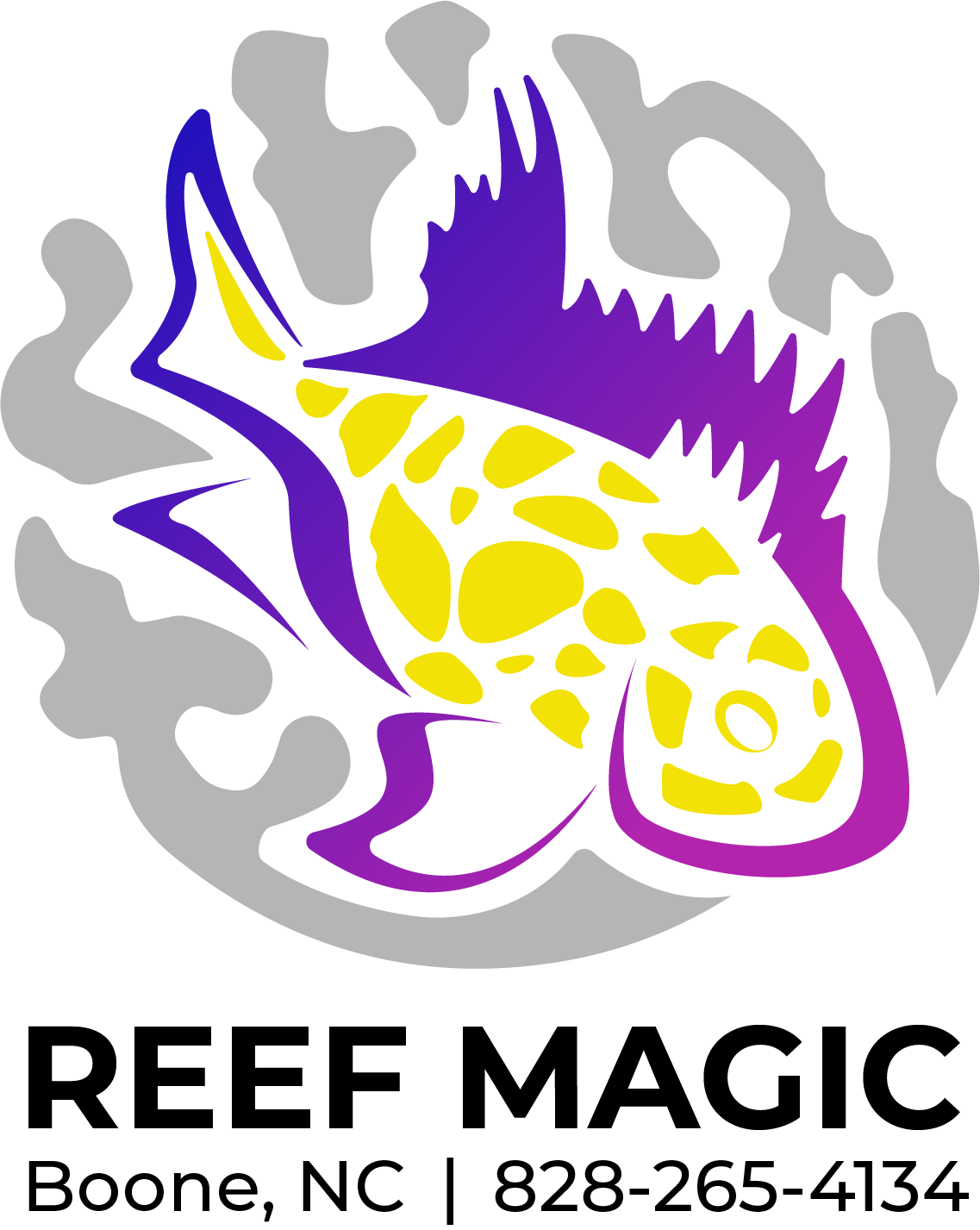 Image 1 of 1
Image 1 of 1


Angel - Coral Beauty
The Coral Beauty Angelfish (Centropyge bispinosus) is a popular and attractive marine fish species that is often kept in saltwater aquariums. Here's some information about the Coral Beauty Angelfish:
Appearance: The Coral Beauty Angelfish is known for its striking coloration. It has a deep, royal blue body with bright orange to yellow vertical stripes. The dorsal and anal fins are also edged in blue, while the tail fin may have some yellow or orange. The combination of colors and patterns makes them a visually appealing choice for marine aquarium enthusiasts.
Habitat: Coral Beauty Angelfish are found in the Indo-Pacific region, particularly in the waters of the Red Sea and the Western Pacific Ocean, including the Great Barrier Reef. They inhabit coral reefs, often swimming near or among coral formations.
Size: These angelfish are relatively small, with an average size of about 4 inches (10 centimeters). However, they can grow slightly larger in a well-maintained aquarium environment.
Diet: In the wild, Coral Beauty Angelfish primarily feed on algae and detritus. In captivity, they should be provided with a varied diet that includes high-quality marine flakes or pellets, as well as live or frozen foods like brine shrimp, mysis shrimp, and algae sheets.
Tank Requirements: To keep Coral Beauty Angelfish in an aquarium, it's important to replicate their natural reef environment as closely as possible. This includes providing live rock for hiding places and grazing on algae. The tank should also have proper lighting for corals, as these angelfish may pick at various types of microalgae and small invertebrates on the live rock.
Compatibility: Coral Beauty Angelfish are generally considered to be more peaceful than some other species of marine angelfish. However, they can become territorial and may exhibit some aggression, especially towards other members of their own species. Care should be taken when introducing them to a tank with other fish, especially other angelfish.
Captive Care: Proper water quality, including stable temperature and salinity, is essential for the well-being of Coral Beauty Angelfish. They are sensitive to changes in water conditions and should be kept in established and mature aquariums.
Before acquiring a Coral Beauty Angelfish, it's important to do thorough research on their care requirements and ensure that you have the appropriate equipment and knowledge to provide them with a suitable environment. Additionally, make sure to source them from reputable and sustainable sources, as the collection of marine fish for the aquarium trade can have ecological impacts.
The Coral Beauty Angelfish (Centropyge bispinosus) is a popular and attractive marine fish species that is often kept in saltwater aquariums. Here's some information about the Coral Beauty Angelfish:
Appearance: The Coral Beauty Angelfish is known for its striking coloration. It has a deep, royal blue body with bright orange to yellow vertical stripes. The dorsal and anal fins are also edged in blue, while the tail fin may have some yellow or orange. The combination of colors and patterns makes them a visually appealing choice for marine aquarium enthusiasts.
Habitat: Coral Beauty Angelfish are found in the Indo-Pacific region, particularly in the waters of the Red Sea and the Western Pacific Ocean, including the Great Barrier Reef. They inhabit coral reefs, often swimming near or among coral formations.
Size: These angelfish are relatively small, with an average size of about 4 inches (10 centimeters). However, they can grow slightly larger in a well-maintained aquarium environment.
Diet: In the wild, Coral Beauty Angelfish primarily feed on algae and detritus. In captivity, they should be provided with a varied diet that includes high-quality marine flakes or pellets, as well as live or frozen foods like brine shrimp, mysis shrimp, and algae sheets.
Tank Requirements: To keep Coral Beauty Angelfish in an aquarium, it's important to replicate their natural reef environment as closely as possible. This includes providing live rock for hiding places and grazing on algae. The tank should also have proper lighting for corals, as these angelfish may pick at various types of microalgae and small invertebrates on the live rock.
Compatibility: Coral Beauty Angelfish are generally considered to be more peaceful than some other species of marine angelfish. However, they can become territorial and may exhibit some aggression, especially towards other members of their own species. Care should be taken when introducing them to a tank with other fish, especially other angelfish.
Captive Care: Proper water quality, including stable temperature and salinity, is essential for the well-being of Coral Beauty Angelfish. They are sensitive to changes in water conditions and should be kept in established and mature aquariums.
Before acquiring a Coral Beauty Angelfish, it's important to do thorough research on their care requirements and ensure that you have the appropriate equipment and knowledge to provide them with a suitable environment. Additionally, make sure to source them from reputable and sustainable sources, as the collection of marine fish for the aquarium trade can have ecological impacts.






